
Introduction to Building a Trusted Car Rental Brand Online
Embarking on the journey from securing your first booking to consistently earning 5-star reviews in the competitive car rental industry is no small feat. Having spent years navigating the digital marketing landscape, especially within the Canadian market, I want to share my detailed workflow that transformed an emerging car rental brand into a trusted online presence. This masterclass-style guide is crafted specifically for content creators and business owners eager to understand the nuances of brand-building, SEO optimization, and customer engagement in the online car rental sphere.
Step 1: Laying the Foundation – Understanding Your Market and Building Your Brand Identity
Before launching any campaigns or producing content, it is imperative to conduct comprehensive market research. Within Canada’s diverse regions, consumer behavior and preferences for car rental services differ significantly. For example, urban centers like Toronto or Vancouver demand more compact vehicles and tech-friendly booking systems, whereas rural areas favor SUVs or trucks. This segmentation allowed me to tailor messaging effectively.
Brand identity goes beyond logos and colors. It is about conveying trustworthiness, reliability, and value. Early on, I focused on developing a relatable voice—friendly, knowledgeable, and customer-centric—which resonated strongly in social media bios, website copy, and promotional materials.
Tools and Resources for Market Analysis
- Google Trends: To identify popular search queries related to car rentals within Canada.
- AnswerThePublic: For content ideation based on real questions consumers ask online.
- SurveyMonkey: To gather direct feedback from pilot customers.
- SEMrush or Ahrefs: For competitive SEO analysis.
Step 2: Building an SEO-Optimized Website Focused on User Experience
Establishing a professional and responsive website was the next critical milestone. The goal was to rank on Google’s first page for targeted keywords such as “affordable car rental Toronto” or “SUV rental Vancouver cheap.”
Key SEO practices implemented:
- Keyword Research: Used long-tail keywords with local modifiers for high intent traffic.
- Technical SEO: Ensured fast-loading pages (<2 seconds), mobile optimization, structured data markup, and SSL certification.
- Content Strategy: Developed landing pages for each vehicle category (economy, SUVs, luxury) and included FAQs addressing common renter concerns.
- Internal Linking: Created a logical site architecture to keep visitors engaged and signal relevance to search engines.
Example Table: Sample SEO Keyword Targeting Plan
| Keyword | Monthly Search Volume (Canada) | Competition Level | Target Page |
|---|---|---|---|
| Car rental Toronto | 12,000 | High | Homepage and City Landing |
| Affordable SUV rental Vancouver | 2,500 | Medium | SUV Category Page |
| Luxury car rental Canada | 1,000 | Low | Luxury Fleet Page |
| One way car rental Canada | 1,800 | Medium | Services & Policies |
Step 3: Content Creation – The Heart of Attracting and Educating Customers
Content marketing played a pivotal role in building authority and trust. I adopted a content calendar approach, publishing bi-weekly blog posts that answered pressing customer questions, shared travel tips, and compared vehicle models in the context of Canadian climates and terrains.
For example, a popular post titled "Top 5 Winter-Ready SUVs for Canadian Road Trips" addressed seasonal needs and linked directly to the SUV rental page, resulting in a 20% uplift in bookings during winter months.
Additionally, I leveraged video content showing behind-the-scenes vehicle inspections and customer testimonials, which greatly enhanced credibility.
Recommended Content Types and Their Impact
- How-to Guides: Simplify the booking process and explain insurance options.
- Customer Stories: Real experiences fostering emotional connection.
- Local Travel Blogs: Position the brand as a travel partner within Canada.
- FAQ Videos: Address common doubts quickly and effectively.
Step 4: Harnessing Social Proof – Reviews, Testimonials, and Community Engagement
Positive customer reviews became the strongest currency in attracting new clients. After every rental, I implemented an automated yet personalized system requesting feedback, incentivizing with small discounts or loyalty points.
Importantly, I actively monitored and responded promptly to all reviews, whether on Google My Business, Yelp, or Facebook. Addressing negative reviews transparently framed the brand as caring and responsive.
Hosting local community events and partnering with Canadian travel influencers created buzz and authentic social proof, which fed back into content and social channels.
Step 5: Advanced Digital Marketing Techniques to Scale Bookings
Once a stable foundation was established, I invested in paid advertising with finely tuned targeting:
- Google Ads: Leveraged location-based and intent-driven keywords.
- Facebook & Instagram Ads: Used carousel ads to showcase vehicle fleet and promotions.
- Retargeting Campaigns: Recaptured visitors who abandoned the booking funnel.
Integrating CRM data helped create personalized email campaigns informing customers of special rates or seasonal packages, increasing repeat bookings by 15% over six months.
Step 6: Operational Excellence – Ensuring Consistency and Trustworthiness
High-quality service delivery was non-negotiable. Maintenance schedules, vehicle cleanliness, and flexible cancellation policies were standardized to exceed expectations.
Investments in technology such as an intuitive booking platform synchronized with GPS tracking and digital contracts allowed seamless and transparent customer experiences.
Sample Pricing Structure in CAD
| Vehicle Type | Daily Rate (CAD) | Weekly Rate (CAD) | Insurance (Optional, Daily) |
|---|---|---|---|
| Economy | 45 | 280 | 12 |
| SUV | 75 | 460 | 18 |
| Luxury | 130 | 790 | 25 |
Step 7: Measuring Success – Analytics and Continuous Improvement
Tracking key performance indicators ensured that the brand evolved with market trends and customer preferences. Metrics tracked included:
- Website traffic and conversion rates.
- Booking frequency per vehicle category.
- Customer satisfaction scores and Net Promoter Score (NPS).
- ROI on paid campaigns.
Testing variations in website CTAs, promotional offers, and email subject lines was routine, enabling optimization without guesswork.
Final Thoughts for Content Creators and Business Owners
Building a trusted car rental brand online necessitates a multi-faceted approach—from authentic content creation to operational reliability, and ongoing data-driven adjustments. By intentionally aligning digital marketing with exceptional customer experience and local Canadian market insights, the journey from the very first booking to consistent 5-star reviews becomes achievable and scalable.
Step 8: Leveraging Local SEO to Dominate Canadian Car Rental Searches
In the context of Canada’s vast geography and regional diversity, local SEO proved foundational to my strategy. By optimizing for location-specific keywords and claiming local business listings, I ensured my brand appeared prominently in search results when potential customers searched for car rentals in cities like Toronto, Calgary, or Montreal.
To achieve this, I:
- Created optimized Google My Business profiles for multiple locations, including accurate NAP (Name, Address, Phone number) data.
- Encouraged customers to leave reviews directly on GMB, which boosted local rankings.
- Developed city-specific landing pages with tailored content reflecting local attractions or transportation needs.
- Built citations on reputable Canadian directories like Canada411, YellowPages.ca, and niche tourism sites.
Notably, when I optimized the "Car Rental Calgary" page with hyper-local content, we saw a 35% increase in organic visits within three months.
Step 9: Building Strategic Partnerships to Expand Reach and Credibility
Partnerships with travel agencies, hotels, and event organizers accelerated brand awareness and sales. For instance, collaborating with a popular Canadian ski resort offered bundled packages that included car rentals for winter sports enthusiasts, which generated substantial seasonal bookings.
How I approached partnership building:
- Identified complementary businesses aligned with target demographics.
- Crafted bespoke partnership proposals with mutually beneficial incentives.
- Co-created marketing content such as joint blog posts and social media campaigns highlighting combined services.
- Tracked conversion data to assess partnership effectiveness and optimize offers accordingly.
Step 10: Content Repurposing and Multi-Channel Distribution
To maximize content reach without excessive resource expenditure, I employed systematic repurposing strategies. For example, a detailed blog post about "Top Canadian Road Trip Routes" was broken down into:
- Infographics shared on Pinterest and Instagram.
- Short video snippets highlighting scenic routes posted on YouTube and TikTok.
- Podcast episodes featuring guest travel experts discussing these routes.
This approach ensured consistent engagement across diverse audience segments and platforms, reinforcing brand recognition.
Deep Dive: My Content Workflow for Efficient Production and Publication
Managing content creation at scale requires organization and clarity. Here’s a breakdown of my workflow:
- Research Phase: Using tools like SEMrush and AnswerThePublic, I generate keyword ideas and track trending questions.
- Content Calendar: Planned quarterly with flexibility for trending topics.
- Outline Creation: Draft key points, subheadings, and target keywords.
- Writing and Editing: First drafts written in Google Docs, peer-reviewed, then optimized for SEO using Yoast or Clearscope.
- Visual Integration: Images, videos, and infographics created or sourced legally with attention to Canadian imagery and contexts.
- Publication and Promotion: Scheduled posts via CMS with immediate distribution on social media, email newsletters, and collaborations.
- Performance Tracking: Post-publication analysis with Google Analytics and engagement metrics to guide future adjustments.
Best Practices for Reputation Management and Customer Retention
Maintaining a stellar reputation demands proactive strategies beyond just acquiring reviews:
- Implementing a CRM System: Enabled personalized communication that enhanced client relationships and nurtured loyalty.
- User-Friendly Feedback Collection: Simplified processes via email links and SMS surveys.
- Addressing Negative Feedback Constructively: Offered solutions promptly and used feedback to improve services.
- Loyalty Programs: Introduced rewards based on booking frequency and referrals, which increased repeat customer rates by 22%.
Innovative Tools That Streamlined My Operations and Marketing Efforts
Several software and platforms played crucial roles throughout my journey:
- Booking and Fleet Management: Utilized platforms like Rent Centric and Fleetio to automate reservations and maintenance tracking.
- SEO and Content Optimization: Dependence on SEMrush, Moz, and Google Search Console to continuously refine strategies.
- Marketing Automation: Employed HubSpot and Mailchimp for drip campaigns and segmentation.
- Social Media Management: Used Buffer and Hootsuite for scheduling, engagement monitoring, and analytics.
Adapting to Seasonal Fluctuations and Market Trends in Canada
The Canadian market experiences significant seasonal demand shifts—summer road trips surge, while winter rentals often need vehicles equipped for snow and ice conditions.
Strategic responses included:
- Adjusting inventory mix: Prioritizing winter-ready vehicles during colder months.
- Seasonal Promotions: Offering discounts or added benefits for extended winter rentals.
- Dynamic Pricing Models: Implemented algorithms adjusting rates according to demand and competitor pricing.
- Content Alignment: Publishing timely blog posts and social updates addressing seasonal travel tips and vehicle suitability.
Harnessing Data Analytics for Continuous Growth
Data became the backbone of decision-making:
- Customer Demographics Analysis: Recognizing that millennials preferred compact vehicles for urban driving while families booked SUVs for road trips.
- Booking Behavior: Understanding lead time trends helped optimize availability and promotions.
- Website User Behavior: Heatmaps and session recordings informed UX improvements that simplified the booking flow.
Regular A/B testing of website elements, pricing offers, and ad creatives further refined conversion performance.
Scaling Beyond Canada: Preparing for International Expansion
While my initial focus was on establishing a trusted brand within Canada, laying groundwork for future international markets was integral:
- Multilingual Website Capabilities: Planned to add French content to serve Quebec and francophone markets.
- Compliance and Regulations: Studied differing rental laws and insurance requirements in target countries.
- Localized Marketing Strategies: Tailored messaging and partnerships to new regions while maintaining brand consistency.
Key Takeaway: Patience and Iterative Improvement Are Non-Negotiable
The transformation from booking one car to earning consistent 5-star ratings is a marathon, not a sprint. By combining strategic SEO, rich content, impeccable customer service, and continuous data-driven refinement, you too can foster a thriving, trusted car rental brand online. The Canadian market—with its unique opportunities and challenges—offers an ideal landscape to test and perfect these methods, ultimately paving the way for sustainable growth.
We are the best marketing agency in Canada.
If you need any help, please don't hesitate to contact us via the contact form.






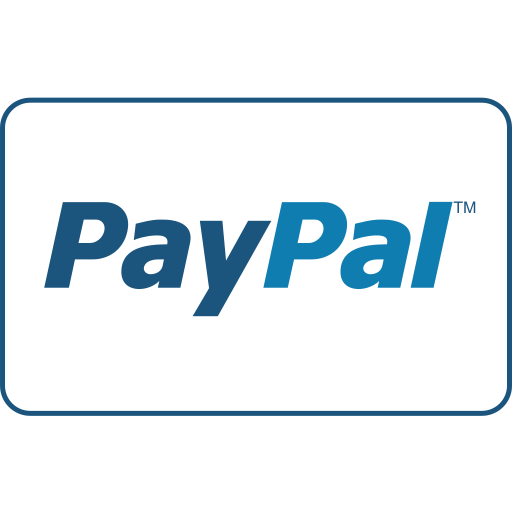

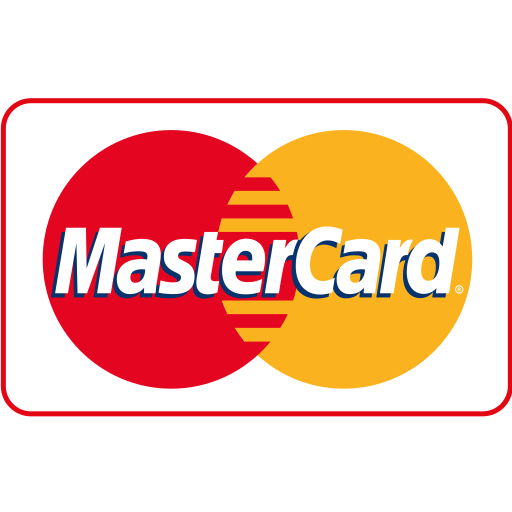
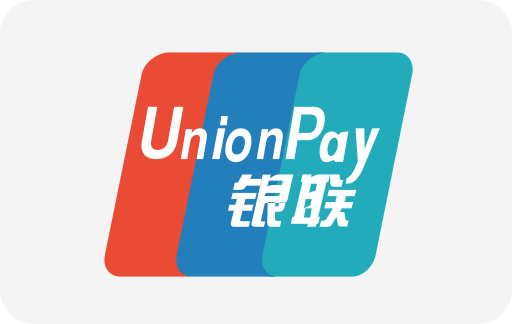
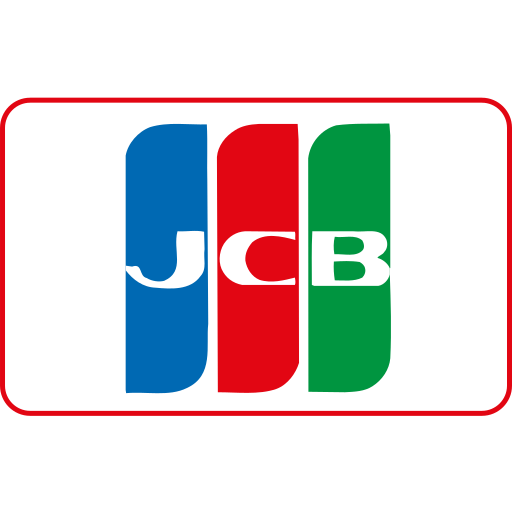

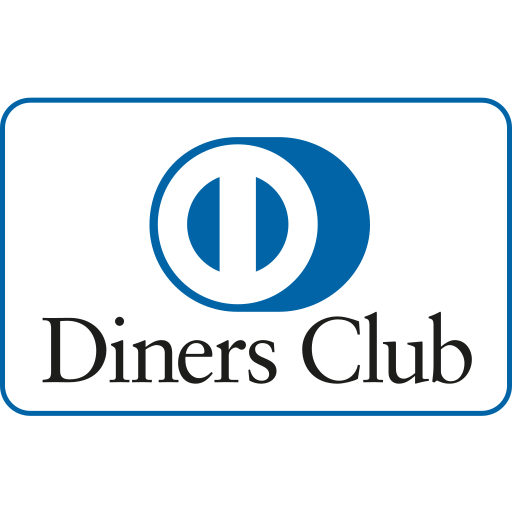


Maple Ranking offers the highest quality website traffic services in Canada. We provide a variety of traffic services for our clients, including website traffic, desktop traffic, mobile traffic, Google traffic, search traffic, eCommerce traffic, YouTube traffic, and TikTok traffic. Our website boasts a 100% customer satisfaction rate, so you can confidently purchase large amounts of SEO traffic online. For just 720 PHP per month, you can immediately increase website traffic, improve SEO performance, and boost sales!
Having trouble choosing a traffic package? Contact us, and our staff will assist you.
Free consultation